“This artificial intelligence assesses your visual skills”
This post is also available in: Español (Spanish)
The Innovadores supplement of the newspaper La Razón dedicates an article to WIVI Vision. Under the title “This artificial intelligence assesses your visual skills”, the article gives a brief overview of the innovation features of the WIVI Vision solution.
“Everyone knows about visual health in terms of glasses and lenses, but there are other parts that also influence visual health”, explains Eva García Ramos, CEO and co-founder of WIVI Vision. The other founder of the company, Juan Carlos Ondategui-Parra, comments that “Vision has three stages: the optical, which is compensated with glasses or refractive surgery and which is very much addressed by optics; other one, which is in charge of eye movements and allows a fine adjustment of jumping from one object or letter to another; and the last one, which focuses on the encoding and decoding of the visual information we are seeing”.
“Everyone knows about visual health in terms of glasses and lenses, but there are other parts that also influence visual health”
Improving quality of life through vision
The WIVI solution, comments the article in La Razón, has specialised in the other two parts. The optician “has the knowledge, but neither the time nor the material” to carry out a complete vision therapy. “Only 1% carry out these evaluations and treatment and only 2% of patients suffering from these visual dysfunctions are treated”.
For this reason, one of the objectives in creating WIVI is to “try to universalise” these evaluations and check-ups. The system designed by Ondategui “intelligently applies Artificial Intelligence AI” to evaluate more than 50 of five different visual areas in 15-minute sessions. The sessions are non-invasive for the user. In the optical sector, says Eva García Ramos, technological evolution has been slower, so there is now an opportunity to improve quality of life through vision using technology.
The patient visualises a kind of “realistic 3D video game” and has to focus on ‘winning’ the game and scoring points. Ultimately, the goal “is to maintain their attention in all the sessions they undergo in order for the treatment to work”. While the specialist is offered a collection and measurement of quality data through the sensors built into the device. Therefore, an “integration of all areas of vision” is achieved in order to “detect areas of deficiency”.
“There’s an opportunity to improve quality of life through vision using technology”
Universalise, but still personalise it for each user.
“If you want to achieve something universal, you have to make it simple for everyone and affordable so that all participants win”. This is a lesson that Eva García Ramos learned throughout her professional life. “Universalise, but still personalise”, she now applies at WIVI. But which population is most affected by visual dysfunctions? In addition, between 30 and 40% of children are affected, so they are the first niche. But, in addition, by making some adjustments to its technology, it can also be used by patients who wear progressive lenses.
In November 2019, WIVI Vision achieved CE marking and launched its system on the market, which is currently being implemented by Natural Optic Group in Spain. In addition, they will soon make the leap to Portugal, the United Kingdom and Germany, among other countries.
You can read the article in the Innovadores supplement here.



